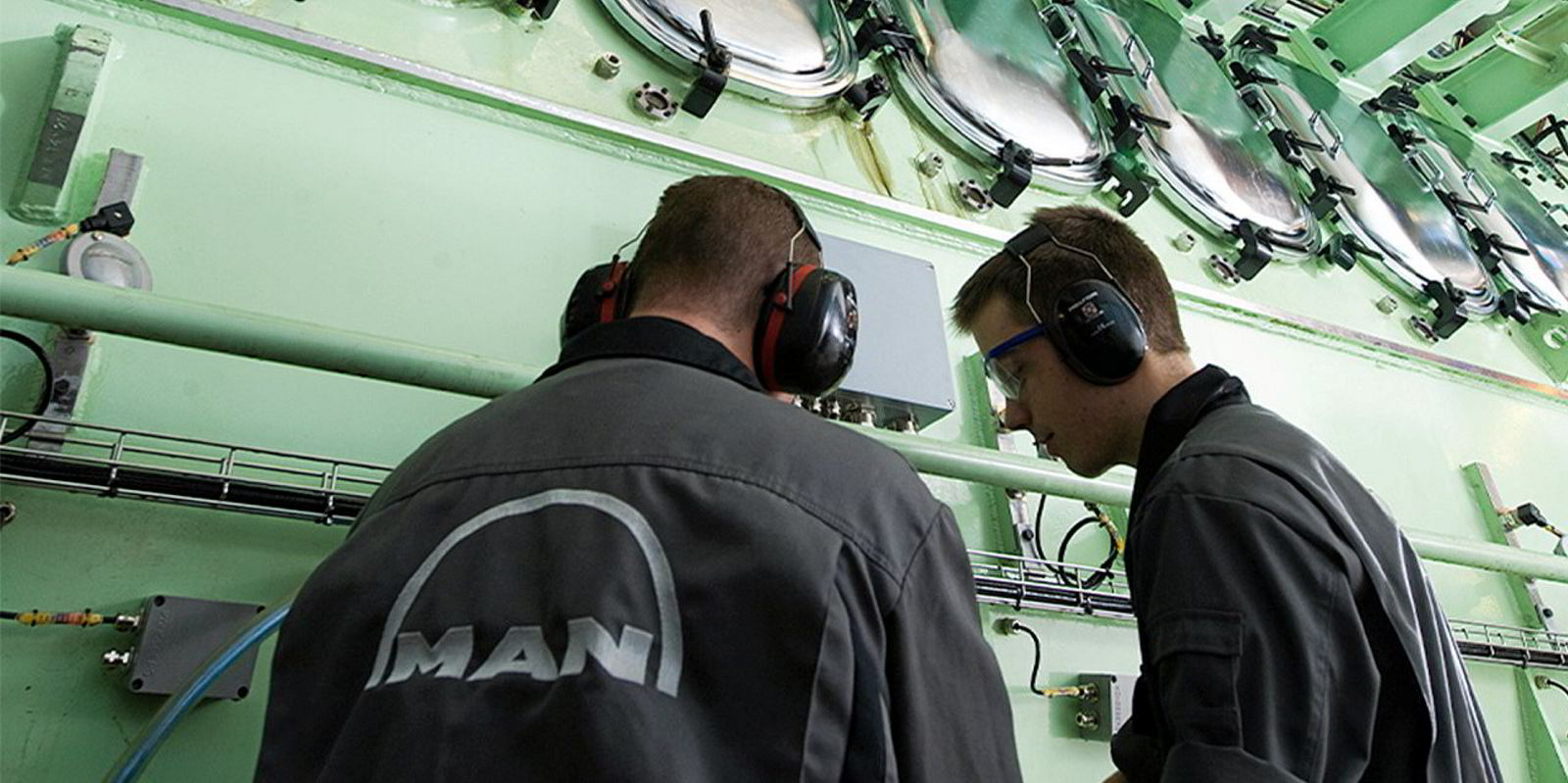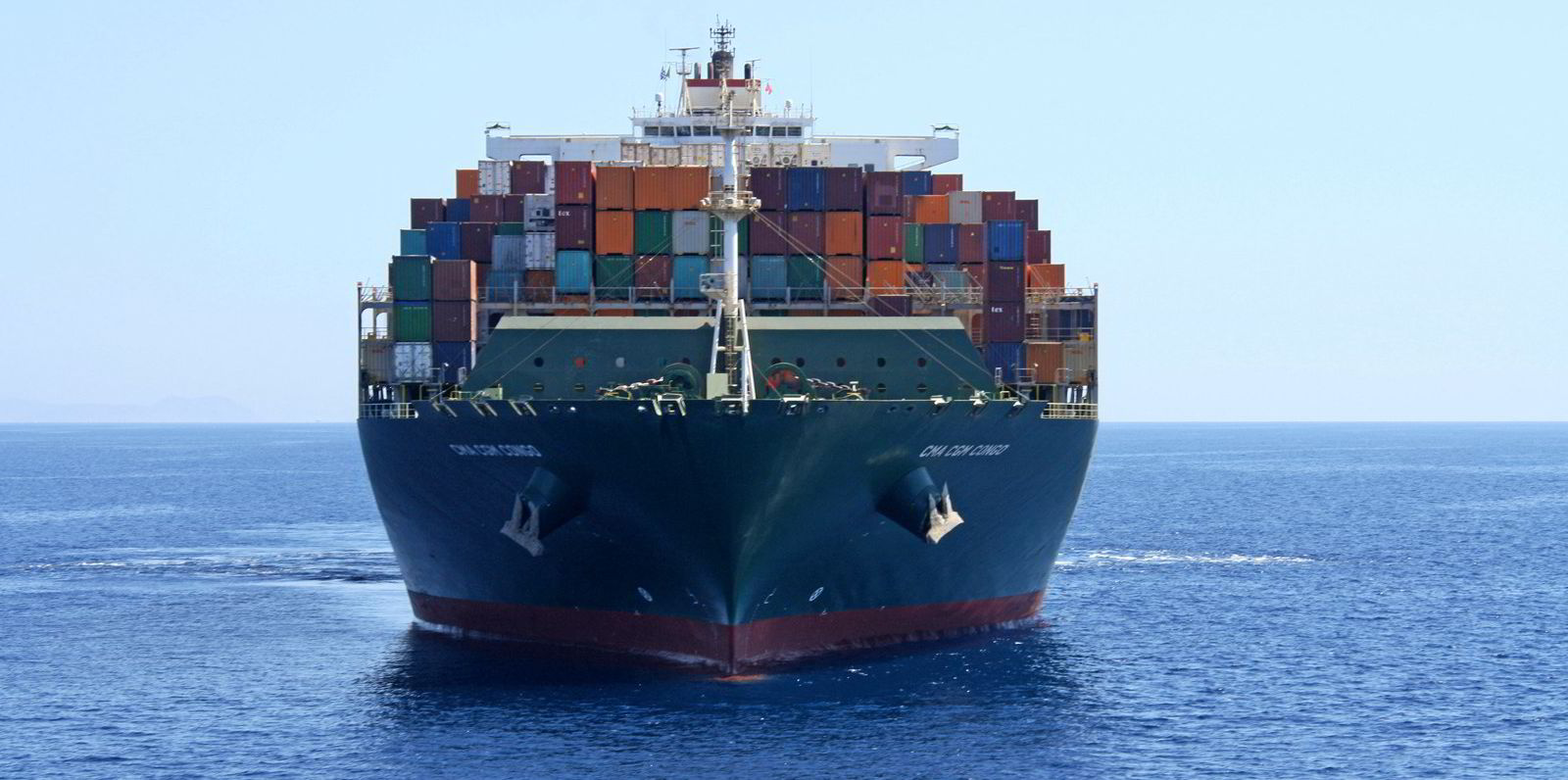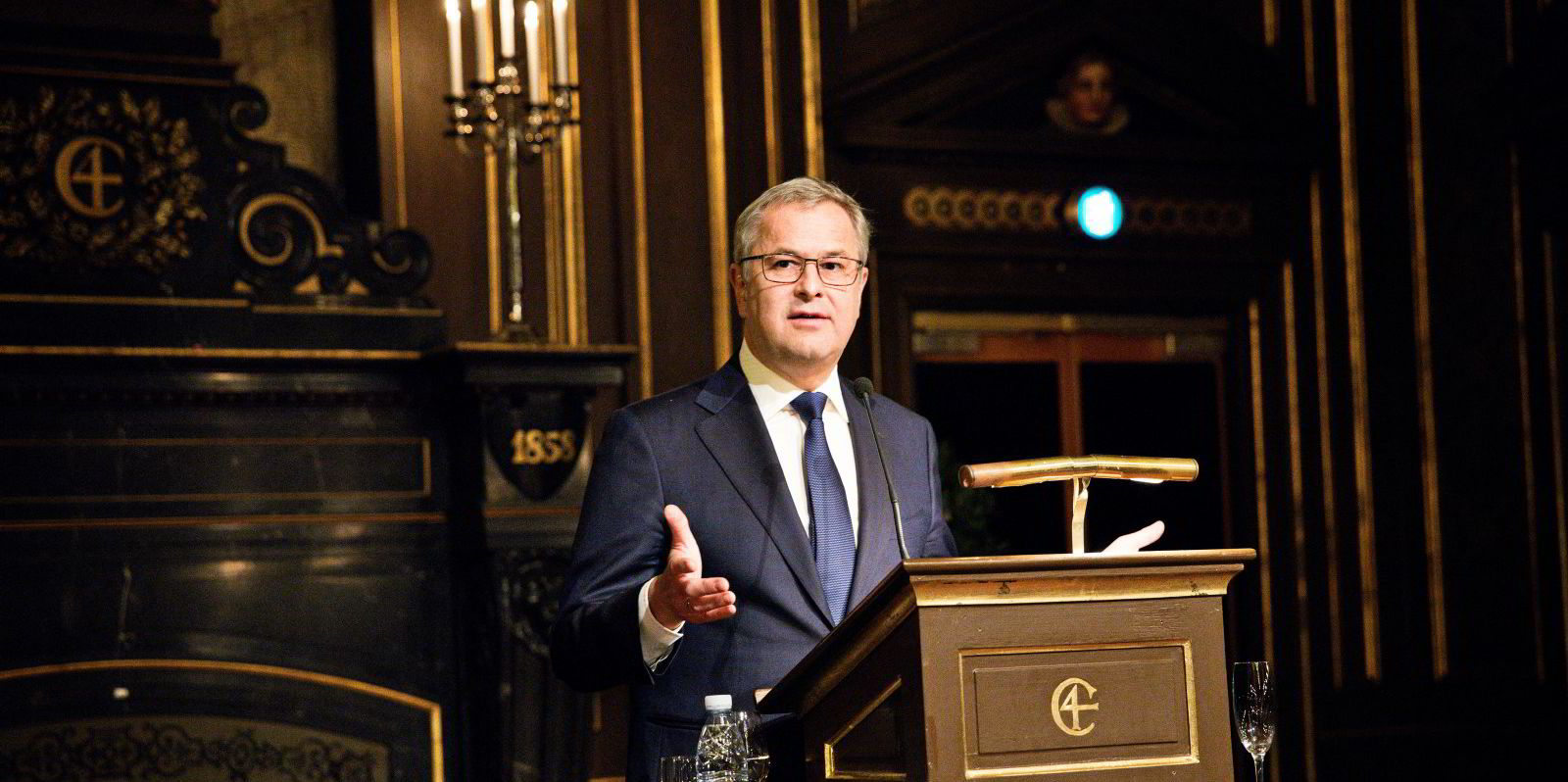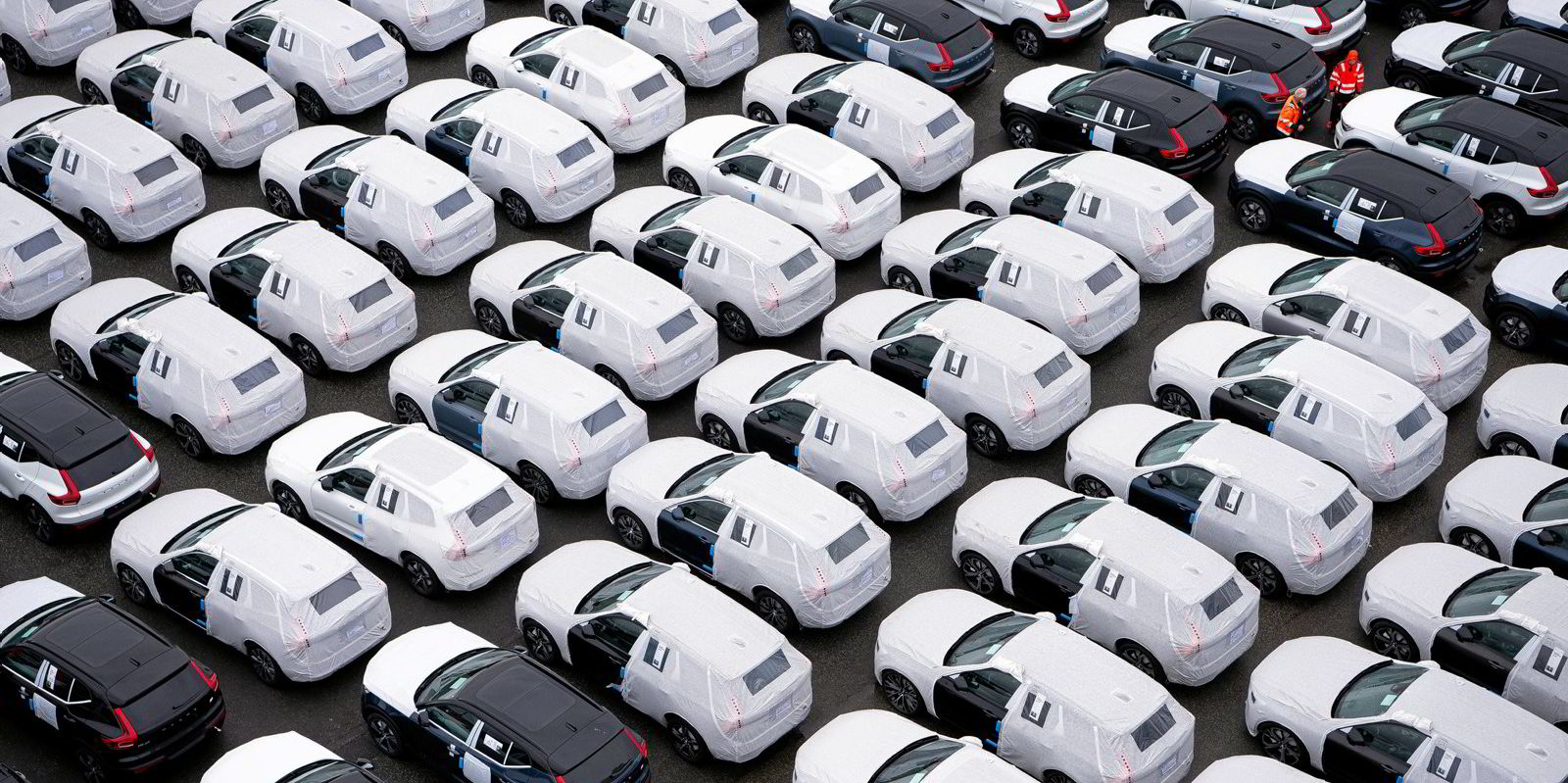Methanol engines account for 25% of the 550 units currently in the existing ‘project pipeline’ for engine designer MAN Energy Solutions (MAN ES).
Speaking in a webinar focusing on and promoting the use of methanol as a fuel, MAN ES head of promotion and customer support Thomas Hansen detailed that 68% of these are for container ships, 20% bulk carriers, 10% tankers and 2% general cargo vessels.
Of the remaining 550 engine projects in the works, 35% are for engines that will use fuel oil, 36% for methane or LNG, 3.7% for LPG and 0.3% for ethane.
Hansen described the number of planned methanol engines as “a very big surprise”.
He referenced AP Moller-Maersk’s move into methanol in 2021, describing it as a “game changer” with the Danish owner now having firmed up 19 container ship newbuildings designed to run on the fuel.
But he also highlighted others including French liner company CMA CGM, China’s Cosco and trading giant Cargill’s decisions to opt for methanol dual-fuel newbuildings.
“I can assure you that many of the major container operators are out looking for new ships to be fuelled by methanol,” he said.
Hansen said using methanol is “a way to become carbon neutral based on a proven, mature technology that is already in place”. He also highlighted its ease of storage, saying that as it is not cryogenic this will keep equipment costs down, and it is “relatively simple” fuel supply system.
On green methanol supply, he quoted figures from the Methanol Institute that show there will be more than 8 million tonnes of green — bio and synthetic — methanol produced by 2027, which Hansen said is enough to fuel 190 large container ships.
Hansen implied CO2 from methanol production could be captured and stored.
Answering questions on methanol’s energy density and how this would affect bunker tank sizes, MAN ES promotion manager & business development for dual fuel Nikolaos Kourtidis admitted that methanol would require a tank that is 2.5 larger than what would be needed for LNG.
But he and Hansen said one of the trends today is that shipowners and yard are “optimising” on tank sizes and asking if the vessels need the range originally planned for them.
Hansen revealed that in 2022 MAN ES is introducing four new methanol engines catering for all ship designs except the smallest ones.
Introducing the webinar, Hansen said that as the provider of engines for around 50% of all ships, MAN ES engines are responsible for 1.5% of shipping’s 3% share of global greenhouse gas emissions.
“That is something we take very, very seriously,” he said.
In 2022, he said 54% of newbuilding orders have been for dual-fuelled engines, with the company forecasting this figure will rise to at least 80% by 2032.
Of the dual-fuelled newbuilding projects in the pipeline, he said 40% are for tankers — driven by LNG carriers, 39% are for container ships, 11% bulk carriers and 10% general cargo ships.
According to MAN ES’ forecast, in 2050 the engine designer believes about 34% of engines will be single-fuelled, 27% will use ammonia, 21% methanol and 15% LNG.
He said the company believes LNG will still see strong order uptake in the coming years because it is a mature technology with a fuel supply chain in place.
“But now we also see methanol kicking up a lot,” Hansen said.







